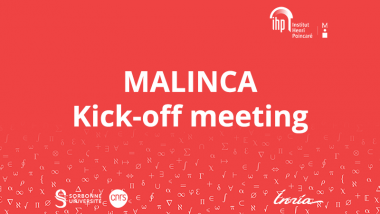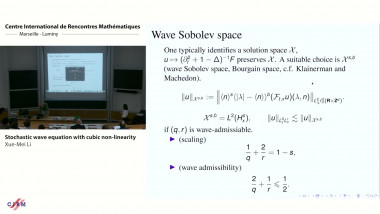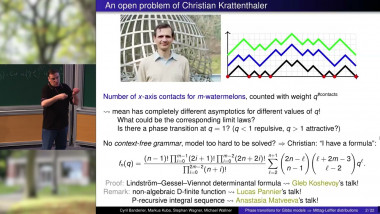
Phase Transitions and Mittag-Leffler Functions for Critical Schemes Under the Gibbs Model
By Cyril Banderier
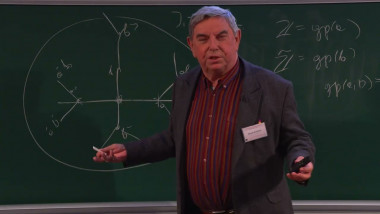
Łukasiewicz Logic and Tsallis Entropy Connected with Free Projections in the Free and Conditionally Free Probability
By Marek Bożejko
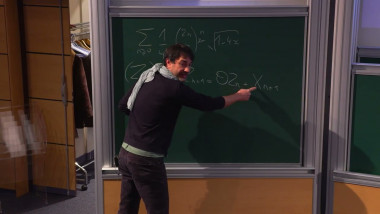
Persistence Probabilities for Random Walks and Related Processes
By Kilian Raschel
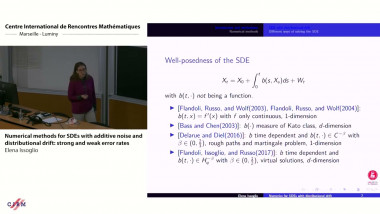
Numerical methods for SDEs with additive noise and distributional drift: strong and weak error rates
By Elena Issoglio

